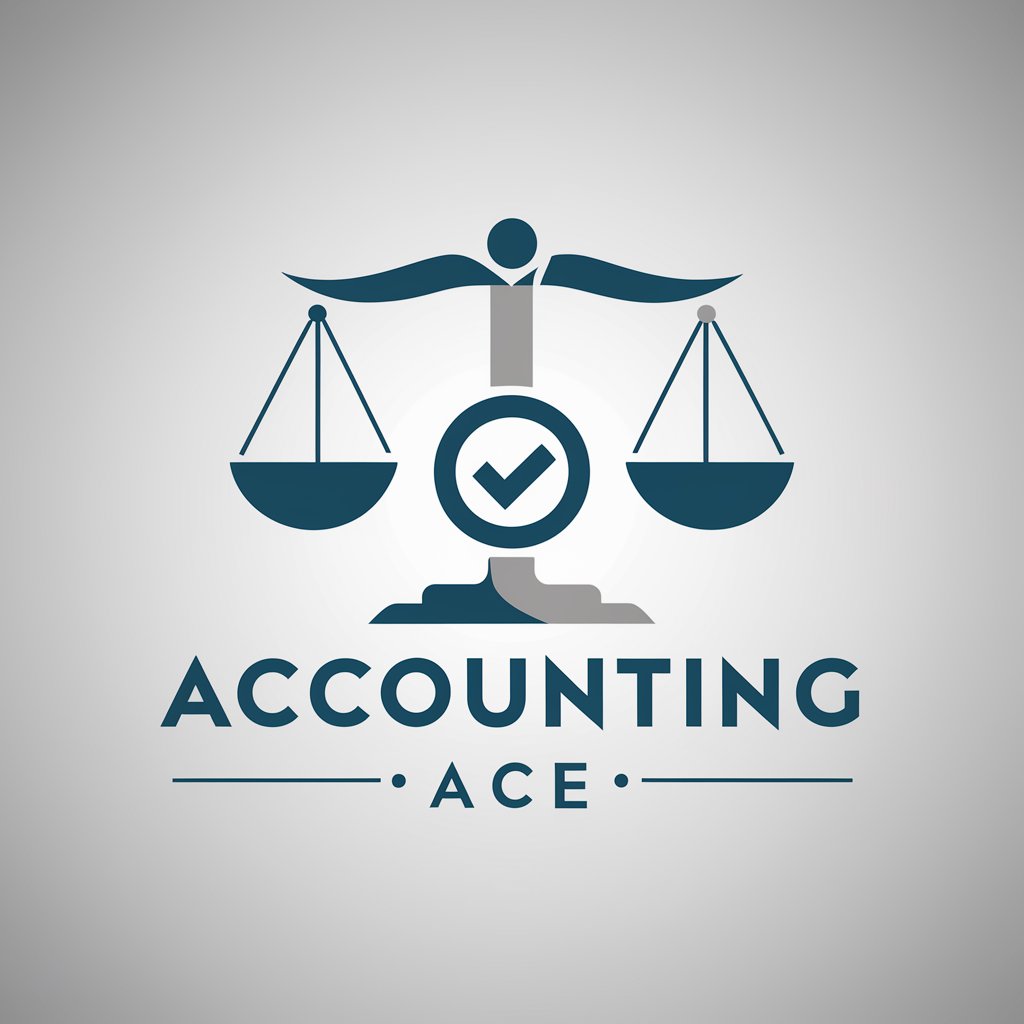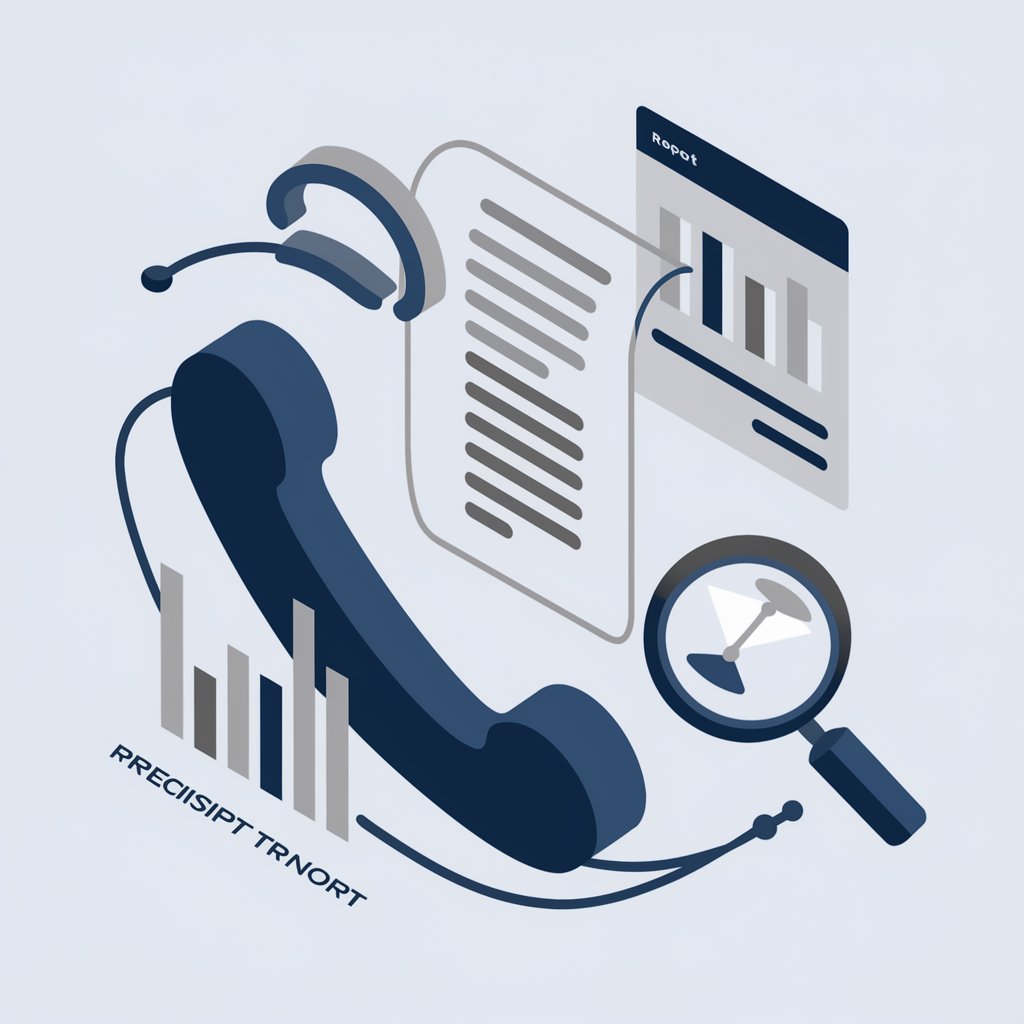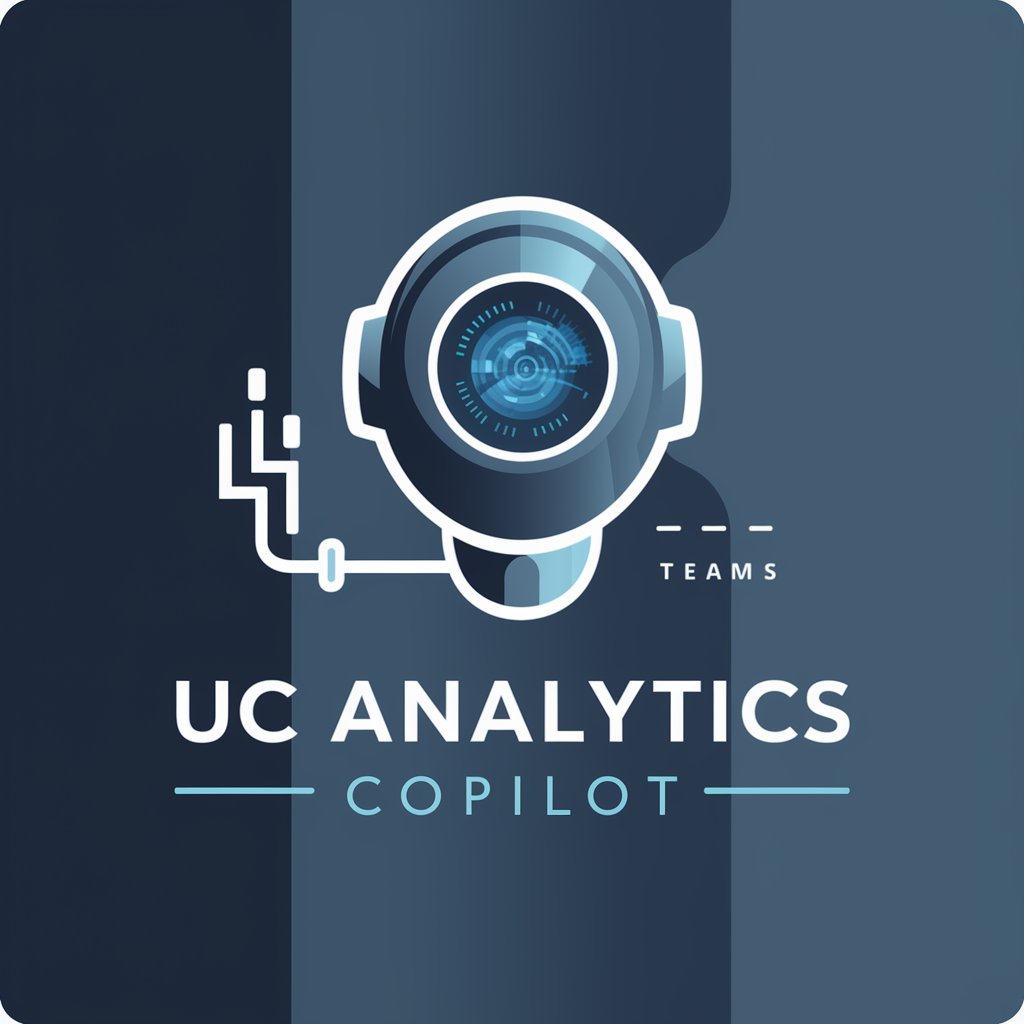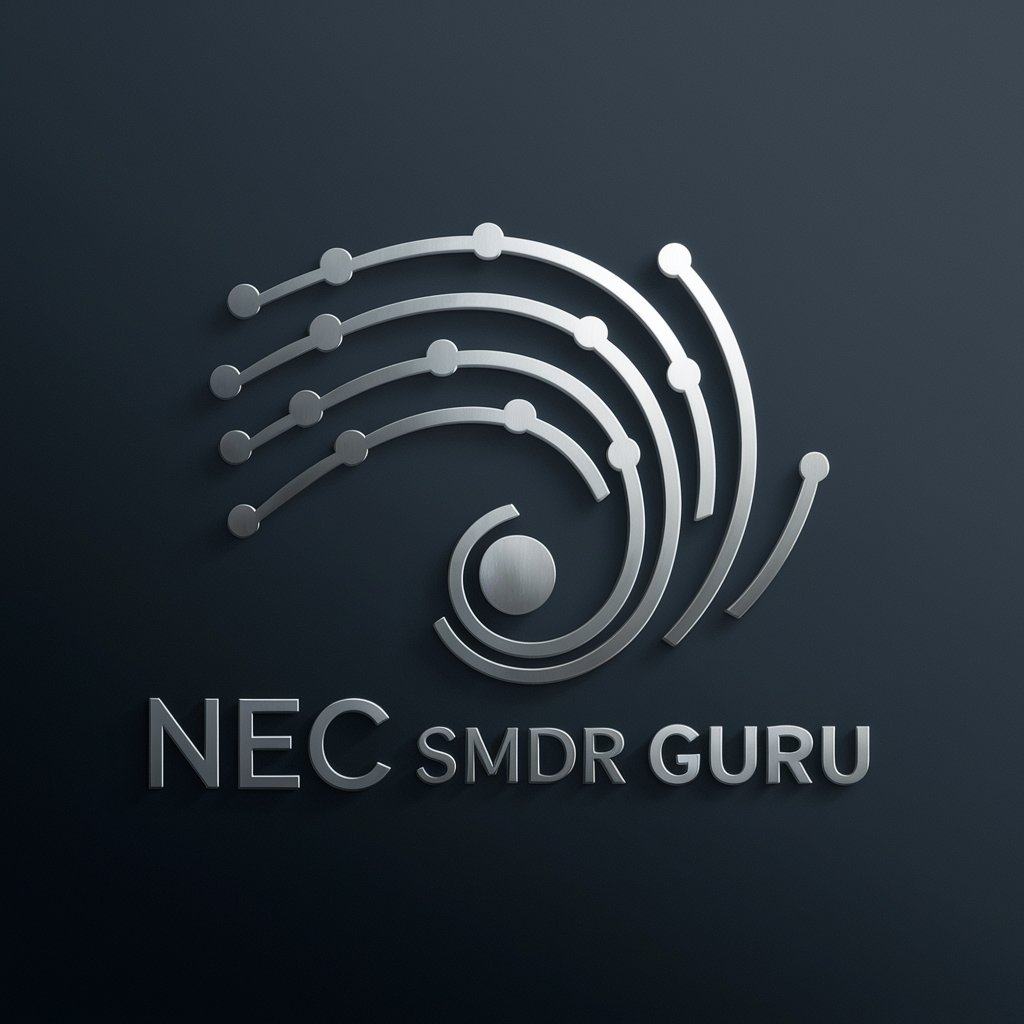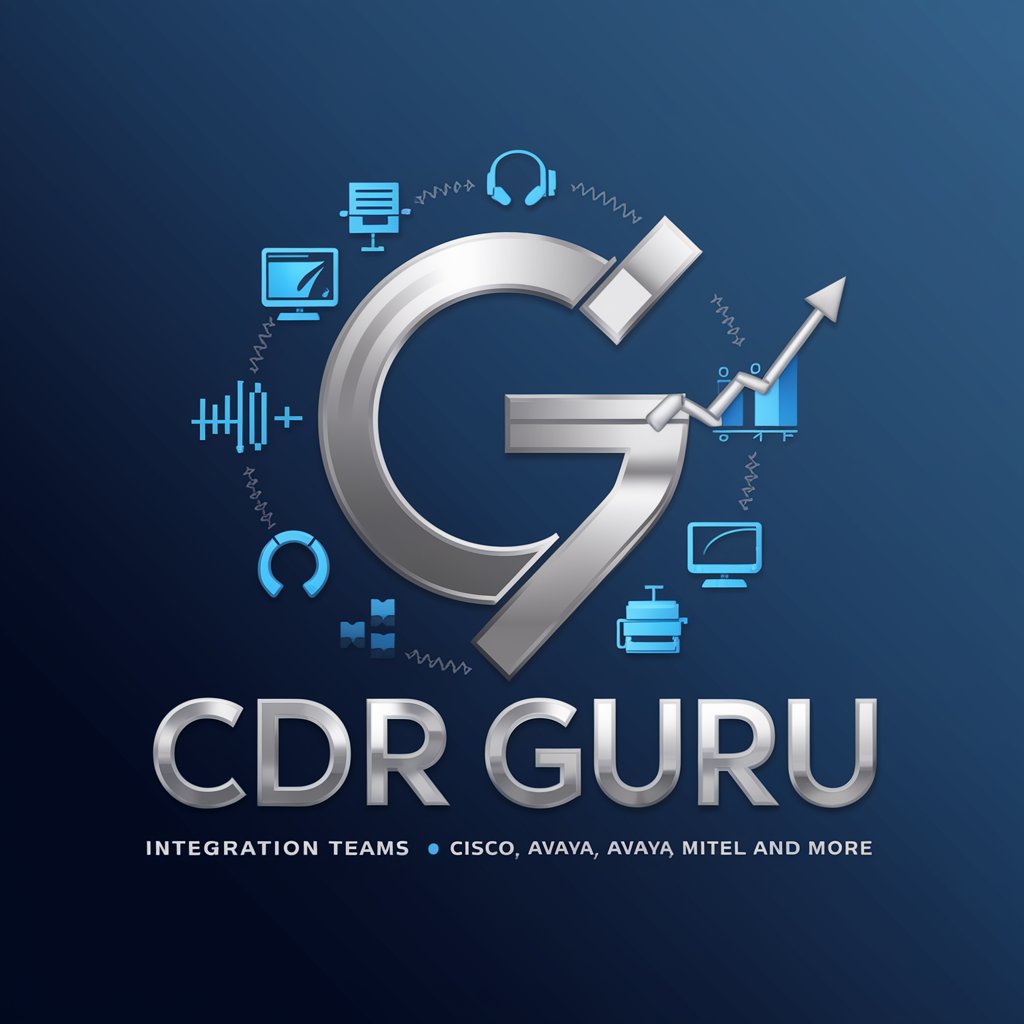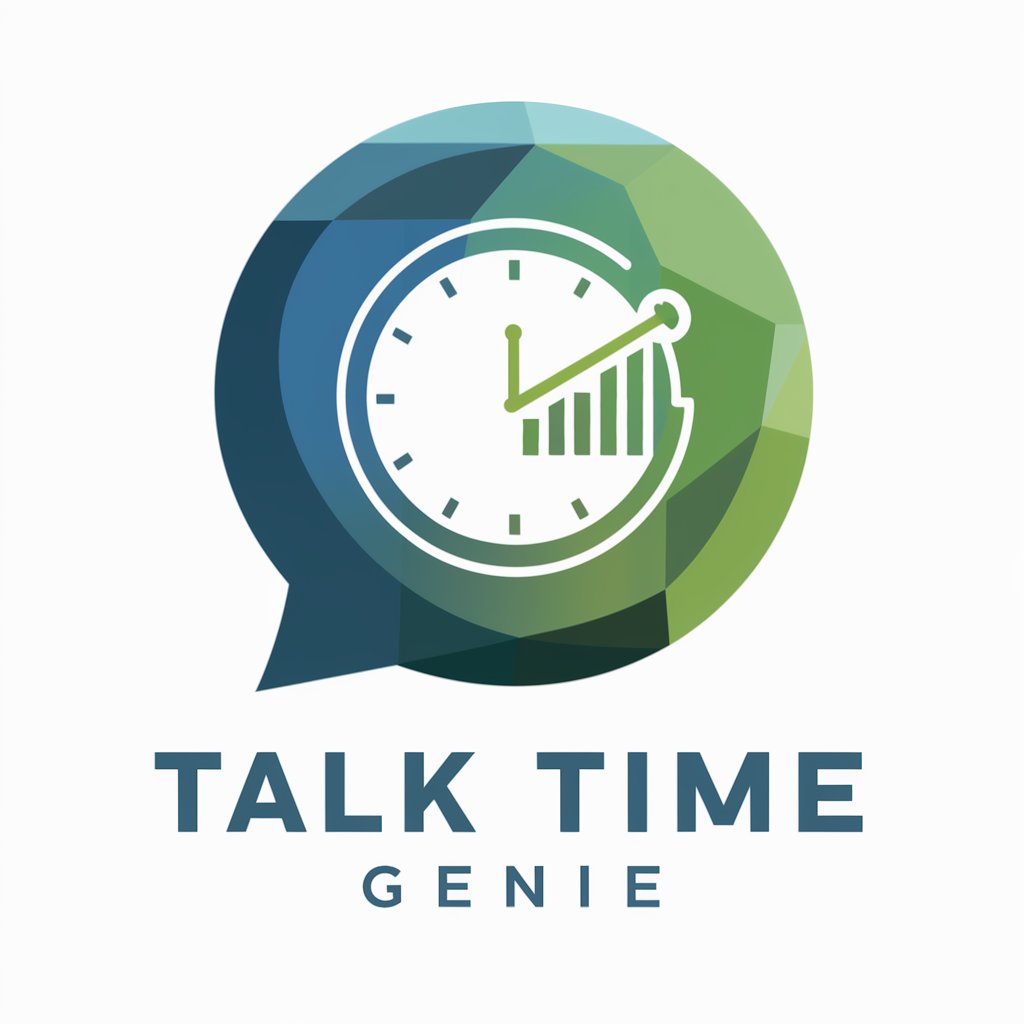
Call Accounting - Call Data Analysis Tool

Hello! Ready to analyze your call data for savings.
Optimize telecom costs with AI-powered insights
Analyze my latest CDR for unusual patterns
Help me understand my call costs
Suggest ways to reduce my telecom expenses
Interpret this section of my call report
Get Embed Code
Overview of Call Accounting
Call Accounting is a telecommunications software system designed to capture, record, and analyze telephone usage events within an organization. Its purpose is to manage telecommunications expenses efficiently, ensure compliance with corporate communication policies, and enhance security monitoring by detecting fraudulent or unauthorized usage. An example of Call Accounting in action involves a large corporation that tracks calls to allocate costs to various departments accurately. This allows for better budgeting and forecasting of telecommunication expenses. Another scenario might be a hotel that uses Call Accounting to bill guests for their phone usage. Powered by ChatGPT-4o。

Core Functions of Call Accounting
Cost Allocation
Example
In a university setting, Call Accounting might be used to attribute phone usage costs to specific faculties or administrative departments. This helps in accurately budgeting departmental expenses based on actual usage.
Scenario
A university with multiple departments utilizes Call Accounting to ensure each department is charged for their specific telecommunication use during the academic year.
Fraud Detection
Example
A company might use Call Accounting to detect anomalies in call patterns, such as high volumes of international calls at unusual hours, which could indicate unauthorized use of company phone lines.
Scenario
An IT company observes unusual after-hours international calls flagged by their Call Accounting system, prompting a security review that uncovers a compromised employee login.
Billing and Expense Management
Example
Hotels use Call Accounting to bill guests for their phone use. Charges are automatically calculated and included in the final bill, streamlining the checkout process.
Scenario
A hotel integrates Call Accounting into its management system to provide detailed billing of phone calls made by guests, enhancing transparency and accuracy in guest invoicing.
Traffic Analysis
Example
A call center uses Call Accounting to analyze peak calling times and adjust staffing levels accordingly to manage call volume efficiently.
Scenario
A customer service call center identifies peak call times through Call Accounting, optimizing shift schedules to improve service and reduce wait times.
Target Users of Call Accounting Services
Large Enterprises
Large enterprises with extensive phone systems benefit from Call Accounting to manage costs, allocate expenses, and monitor usage across different branches and departments.
Telecommunications Managers
Telecommunications managers who need to oversee large-scale phone systems use Call Accounting to streamline management tasks, ensure compliance, and optimize network performance.
Hotels and Hospitality Businesses
Hotels and other hospitality businesses use Call Accounting to facilitate accurate billing for guest phone usage, enhancing customer satisfaction and operational efficiency.
Educational Institutions
Educational institutions utilize Call Accounting to monitor and control telecommunication costs across various faculties and administrative bodies, ensuring budget adherence and fair cost distribution.

Guidelines for Using Call Accounting
Start with a Trial
Begin by visiting yeschat.ai to start a free trial. No login or ChatGPT Plus subscription is required.
Review Telecommunication Terms
Familiarize yourself with common telecommunication terms and metrics that appear in Call Detail Records (CDRs) and Call Accounting Reports.
Upload Data
Upload your company's Call Detail Records (CDRs) or any telecommunications data files. The system supports various formats including CSV, XML, and JSON.
Analyze Call Data
Use the platform's tools to analyze call patterns, identify cost-saving opportunities, and detect unusual call activities. Automated insights will help you understand the data better.
Optimize & Implement
Apply the insights gained to adjust your telecom strategy, negotiate better rates with providers, or reallocate resources to reduce costs and improve service efficiency.
Try other advanced and practical GPTs
Call
Empowering creativity with AI assistance

A&AA aka Aggressive & Ascetic Asset Accumulator
Aggressive financial insights at your command.

Market Maverick
AI-driven financial market insights.

ANGRY Life Coach 😡
Where honesty meets ambition.

Passive-Aggressive Helpcenter
Insight with a Side of Sass

Aggressive GRE Maverick
Master the GRE with AI-Powered Bilingual Support

Call Keeper
Unveiling rich narratives, ensuring immersive role-play.

Call Angel
Conquer Phone Phobia with AI-Powered Practice

Call Heaven
Bringing Loved Ones Closer with AI

Call Assistant
Navigate Calls with Confidence
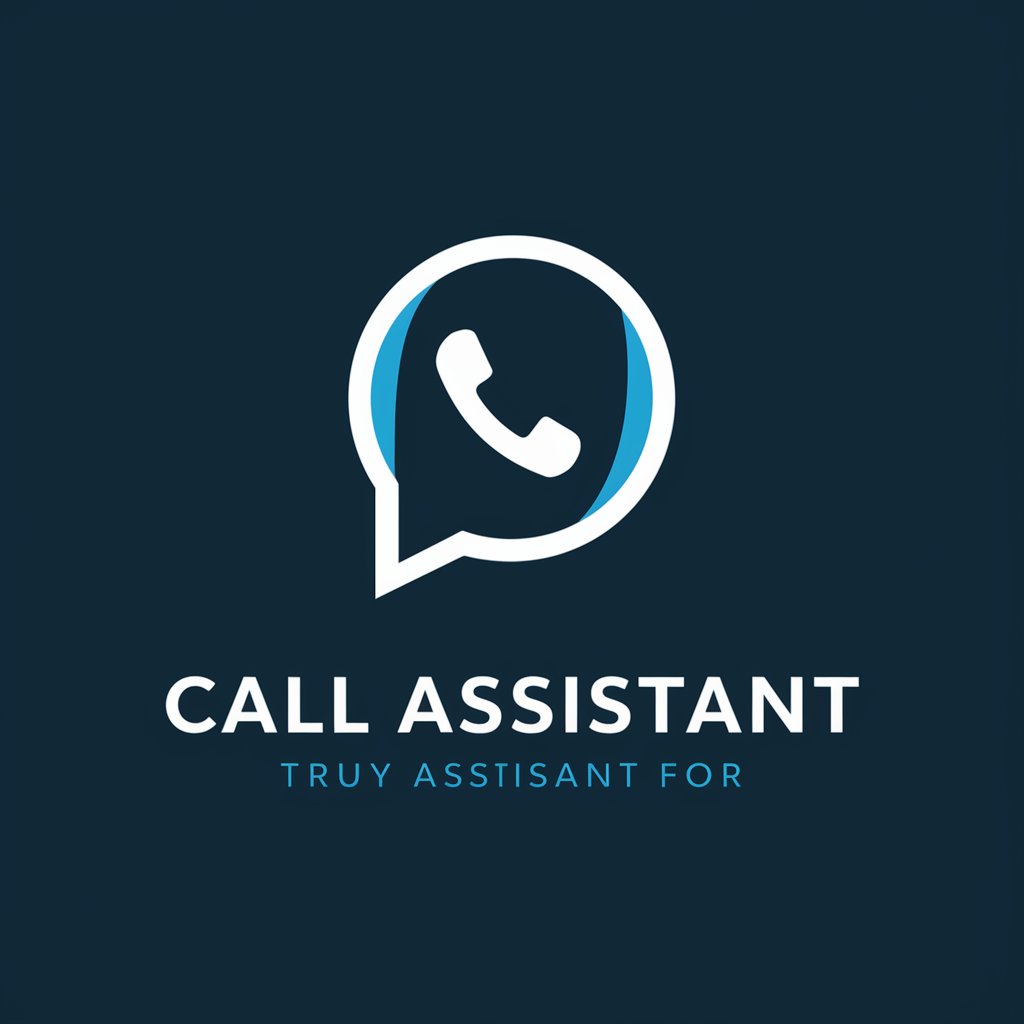
Cattle Call
Empower Kubernetes with AI-driven insights

Call Screener
Block Spam with Smart AI

Frequently Asked Questions about Call Accounting
What are Call Detail Records (CDRs)?
CDRs are records generated by telecommunication services that detail the attributes of each telephone call, including timing, duration, cost, and the parties involved. They are crucial for billing and analysis in call accounting.
How can Call Accounting help reduce costs?
Call Accounting analyzes CDRs to identify patterns and trends such as peak calling times, high-cost calls, and unused services, enabling companies to optimize their telecom spending and negotiate better contract terms with providers.
Can Call Accounting detect fraud?
Yes, by monitoring call patterns and flagging unusual activities, such as off-hours calls or international calls to high-risk locations, Call Accounting can help detect and prevent potential telecom fraud.
Is Call Accounting useful for small businesses?
Absolutely. Small businesses can benefit significantly from Call Accounting by gaining insights into their telecommunications expenses, helping them to manage costs effectively and avoid unnecessary spending.
What types of reports can I generate with Call Accounting?
You can generate a variety of reports including cost analysis, call traffic analysis, departmental chargebacks, and usage statistics reports. These reports help in making data-driven decisions to improve telecom management.
